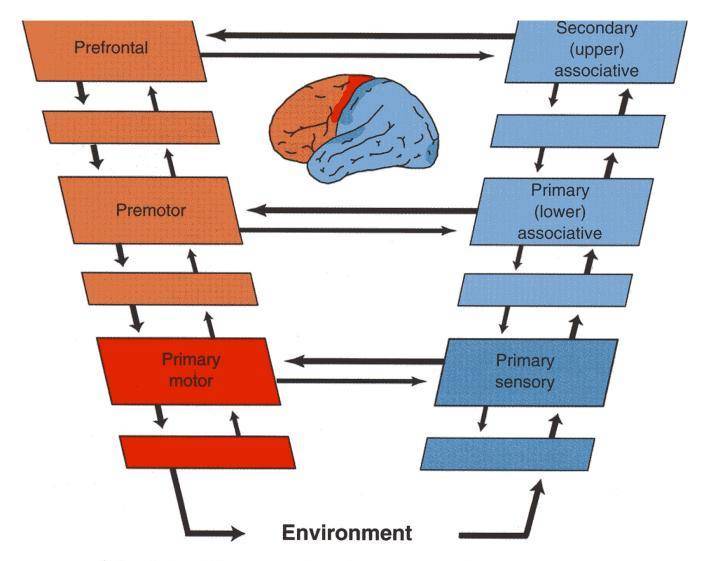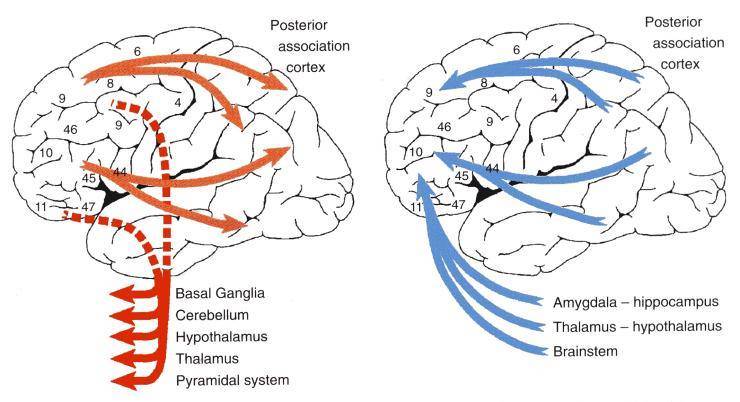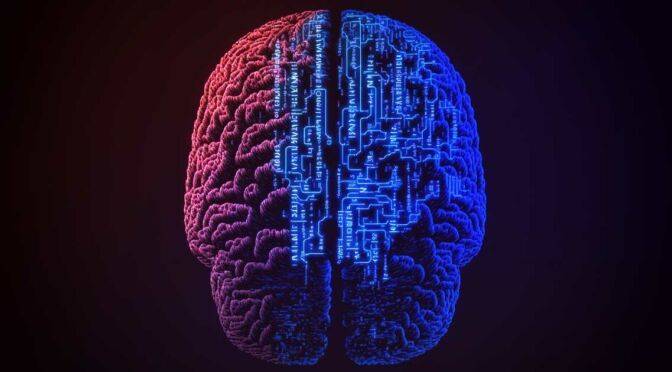Have a look see at this chart used by neuroscientists Fuster, Crick and Koch to wrap your head around the gear-works of visual consiousness.

Our visual cortex doesn’t show us what it sees. Instead, it sneaks maps of reality in front of our consciousness that influences us to do things before we even know what we’re doing.
And those playful neurons in charge of visuals our consciousness sees? (shapes, contrasts, ect.) They’re all coked up – continually remapping the information until it finally reaches our frontal lobes. (conscious awareness).
Not done yet, though. The frontal lobes decide to make it’s own questionable, at times freshman-like, edits before screening it to our consciousness as objective journalism.
What we “see” is far removed from what our brain sees.

Here’s another way to “look” at it. Our consciousness, in our frontal lobes (where the blue arrows point) is the last in line to react/respond to the world.
Yet, our thoughts can reshape everything we see and do by sending information (from our imaginary sense of the world) to the rest of the brain and body (red lines).
But at the end of the day, we just can’t consciously see how the world is in actuality. But, I think that’s ok.

Dive Deeper
Fuster JM. Neuron. 2001 May;30(2):319-33.
2-3X Your
Learning Speed

A Simple Way to Mind Read
“When I wish to find out how wise, or how stupid, or how good, or how wicked is any one,

How to Kill Burnout and Upgrade Your Performance the Easy Way
Another day of feeling like a complete failure because you can’t manage to get out of bed. It’s a fun

A Surprising Shortcut for Achieving Flow States
A fascinating discussion with Steven Kotler, Executive Director at the Flow Research Collective, and Jason Silva was released by Shots

Why Too Much Stress is Enemy #1 to Your Brain Performance
✨ Just so you know… There is now a much cooler version of this post, IMHO. This old one mostly


https://theoneyoubelieve.wordpress.com/2015/05/15/what-visage-do-you-engage-and-what-engages-your-visage/